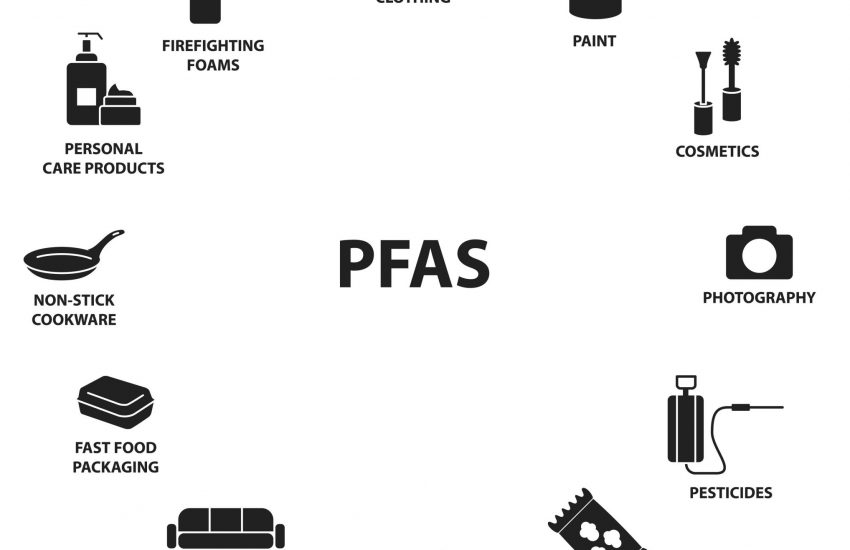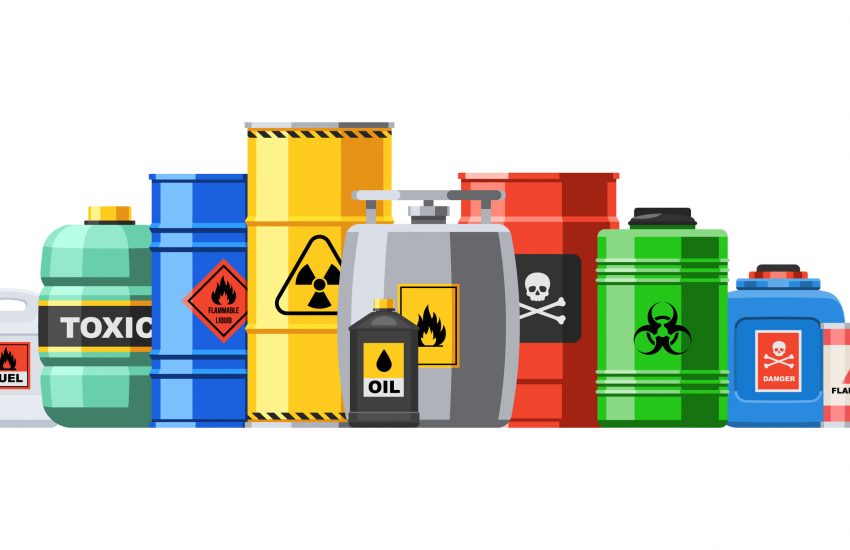While critics may say the federal government has been slow to react to PFAS, last week the EPA took its most aggressive stance — publishing its notice for a proposed federal rule to designate two specific PFAS compounds, PFOA and PFOS, as “hazardous substances” under the Comprehensive Environmental Response Compensation and Liability Act (CERCLA), and now the clock is ticking.
Found in surface water, air, soil, and even more recently food packaging, PFOA and PFOS were used pervasively in American manufacturing beginning in the 1940s for their durability, heat/grease resistance, and waterproof nature, and quickly assumed the nomenclature “forever chemicals” because of their remarkable inability to decompose.
When talking shop, lawyers, insurance carriers, and manufacturers alike have labeled PFAS the ‘emerging contaminant’ to watch out for …
Continue Reading









